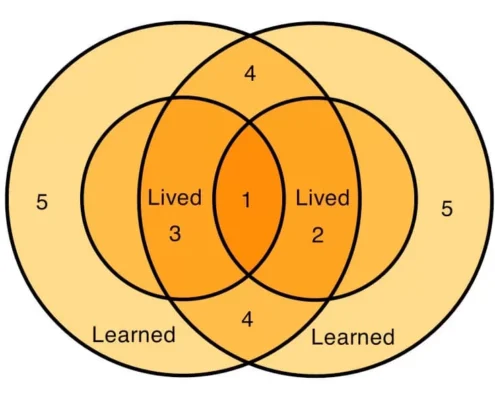Watch Out For This Kind of Illustration
Watch Out For This Kind of Illustration
In the last few posts we have considered various kinds of illustrations according to the guidelines developed by Haddon Robinson. Then we illustrated the first four levels of illustration. We now turn to illustrating the last two levels of illustration. The bottom line is this: watch out for this kind of illustration for your preaching.

Level 5 Illustrations to watch out for
The simple definition of this kind of illustration is that you use something, a story or an example where your learned experience doesn’t connect with the audiences learned or lived experience, people will begin to tune you out.
Example 1 Of What To Watch Out For
Many years ago, when I lived in Southern California, a group of Koreans got a brilliant idea. They decided to bring people out of countries that were closed to missionaries, bring them to Southern California to train them in seminary, and then send them back to their country. It seemed like a foolproof way to extend the Kingdom. However, the reality was somewhat different. These Men (they didn’t believe women should be preachers) got so educated that when they went back to their countries, they used words, ideas and examples that they had learned, but their uneducated church members couldn’t connect with them.
Watch out for this kind of illustration in your preaching. When you have received advanced training of any kind, you are likely to use words that put you in a dangerous position, because you know more than the people who are listening to you preach. What happened to those people going back to their country can happen to you.
Example 2 Of The Wrong Kinds of Illustration.
When I was in Seminary, I faced this challenge. I had spent four years in college and another year in seminary. I had a whole world of learned knowledge that I was tempted to share with the church in order to impress them with my learning. Words like “pericope” showed up in my sermons. Some rather confusing passages in the Old Testament became the theme for messages.
Watch out for this kind of illustration in your preaching. I am very glad for the man who taught me how to preach. I was assigned to work with this older man who was six months from retirement. The idea was that he would be able to help hone me for ministry.
 After I preached the first sermon with him in the audience listening, I was nervous. What would he think? His response was quick and brutal. He said, “Everything you said was right Biblically and Doctrinally, but after the first five minutes no one was listening to you.” I was crushed, needless to say. However, the then took that sermon and helped me reconstruct it with the hearer in mind. That’s the secret–to craft sermons with the hearer in mind. What will hit them.
After I preached the first sermon with him in the audience listening, I was nervous. What would he think? His response was quick and brutal. He said, “Everything you said was right Biblically and Doctrinally, but after the first five minutes no one was listening to you.” I was crushed, needless to say. However, the then took that sermon and helped me reconstruct it with the hearer in mind. That’s the secret–to craft sermons with the hearer in mind. What will hit them.
So watch out for this kind of illustration in your preaching.
Level 6: Watch Out for this One!
Level 6 is where your illustration is something you really don’t know anything about, and it doesn’t connect with the learned or lived experience of your listeners.
Watch out for this kind of illustration in your preaching! When it becomes obvious that you don’t know what you’re talking about, you lose credibility with your listeners.
The immediate thought that came to me as I wrote that last paragraph was a time when I had to stay after school to review algebra with my teacher in 9th grade. I  missed two weeks of school with a contagious sickness, and he was supposed to help me catch up on the content of those lessons I missed.
missed two weeks of school with a contagious sickness, and he was supposed to help me catch up on the content of those lessons I missed.
He put a problem on the chalk board (yes, I’m that old) and proceeded to go through the problem. Two times he got to the end and had the wrong answer, so he said, “That’s not right.” After doing that twice, I lost trust in him. As a result, I don’t work with my grandchildren on algebra homework yet today.
Watch Out For These Kinds Of Illustrations
As I’ve said repeatedly in this blog, illustrations make your sermon sing. They can also kill your sermon. So use illustrations that connect with your audience in mind. What is part of their learned and lived experience. Connect!



